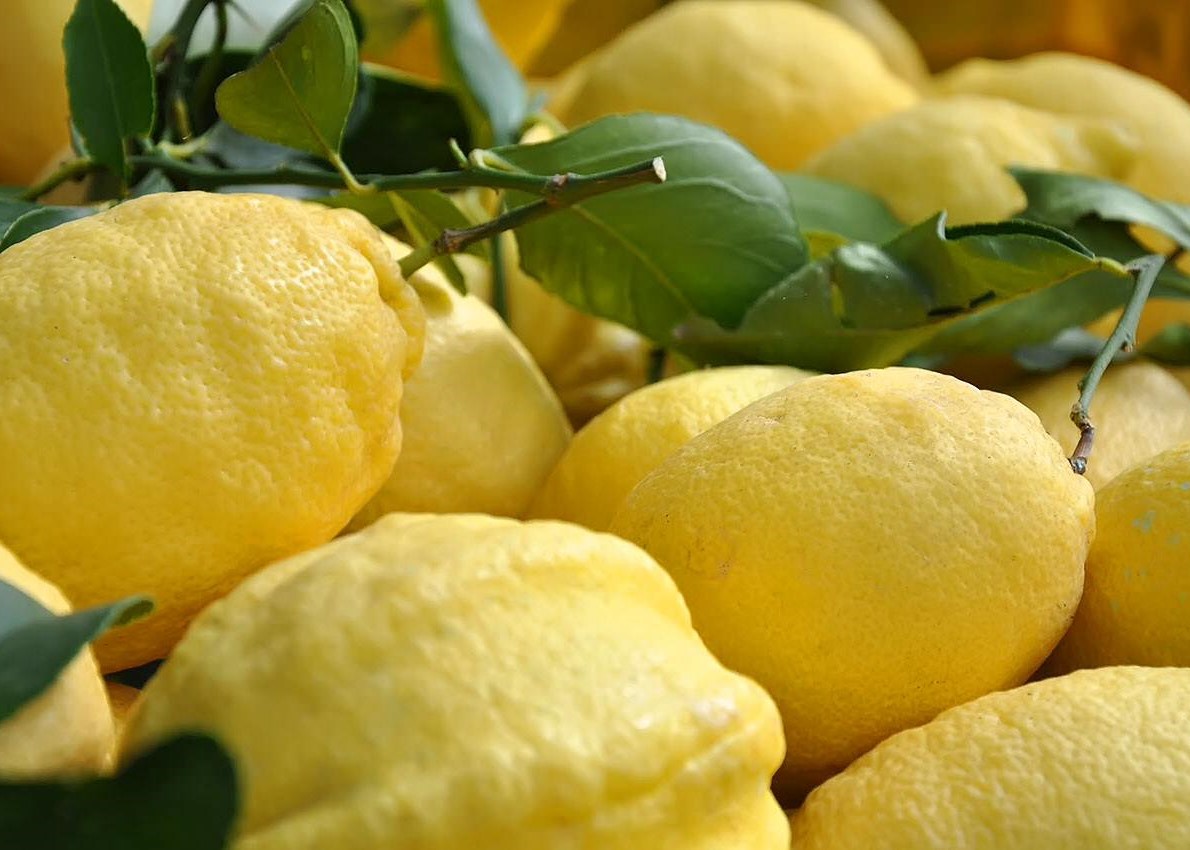
The lemon probably arrived in Italy from India at a time before 539 B.C., the year in which the Jews re-entered Babylon in Palestine. Jewish culture testifies that citron was present in Israel as early the sixth century B.C., and it had a ritual and ornamental value. It is therefore certain that the citrus plant existed in Italy from the early imperial age.
It is presumed that this citrus was also established in the Sorrento area, which is particularly well suited to the cultivation of this species because of its mild microclimate, which is free from sudden drops in temperature and benefits from the mitigating effects of the sea. The lemon therefore appeared on the Sorrento Peninsula in ancient times.
As such, cultivation of lemons (which were probably imported by Sicilian Jesuits) on the Sorrento Peninsula was so profitable that all the surrounding areas were quick to copy the idea, causing a subsequent fall in prices. There is no further information on citrus in this area until the ninth and tenth centuries, the era when the Normans reigned in southern Italy.
It wasn’t until the eighteenth century that the citrus fruits spread organically throughout the whole peninsula, when the collapse of the silk industry gave rise to an impressive operation carried out under the Bourbon government to clear unfarmed land and replace the species of trees that had become unprofitable.
“Pagliarelle” (shades for lemon groves) first appeared in 1885 alongside the related spreading of pergolas made from chestnut poles.
Moreover, the sustained increase in population meant that the citizens of Sorrento had to look for new sources of income, and poured considerable resources into nautical activities. So it was that in the space of a few decades, citrus growing and sailing became an inseparable combination with the aim of transporting considerable shares of the lemon crops to foreign markets in Europe and across the Atlantic.
The agricultural landscape of the peninsula was thereby sculpted by human activities, and the result of this can still be seen today. The Sorrento landscape has been so painstakingly created by the farmers that its construction and maintenance have always required greater commitment and resources that those needed to build the urban centers.
The unification of the Kingdom of Italy allowed exports to take off: once the customs barriers were lowered and the communications network was developed, the country went from exporting 24% of the citrus produced in 1871, to over 40% in 1878, and even 53% in 1895. Sailing ships therefore set off, destined for the most well known ports in Europe and North America.
Gross exportation began in 1883 thanks to Captain Onorato Witek, who had retired to Sorrento and created a new source of work for many types of people. This was the golden era of citrus cultivation in Sorrento, but it began to decline with the onset of the First World War.
These years marked the end of Sorrento seamanship and the lemons faced fierce competition from the new geographical areas that had just joined the markets, Palestine, North and South Africa and even South America.
The local area
The Sorrento peninsula begins on the eastern side with the municipality of Vico Equense and continues west with the municipalities of Meta, Piano di Sorrento, Sant’Agnello, Sorrento and Massalubrense.
The area borders the Tyrrhenian Sea to the north (the Gulf of Naples), the municipalities of Castellammare di Stabia (Naples) and Positano (Salerno) to the east, and the Tyrrhenian Sea again to the south and west. The island of Capri is located to the west of the peninsula, around 3.5 miles from Punta Campanella.
The zone in which the Limone di Sorrento is produced includes part of the territory of the municipalities of Vico Equense, Meta, Piano di Sorrento, Sant.Agnello, Sorrento, Massa Lubrense, Capri and Anacapri.
Consorzio di Tutela Limone di Sorrento



